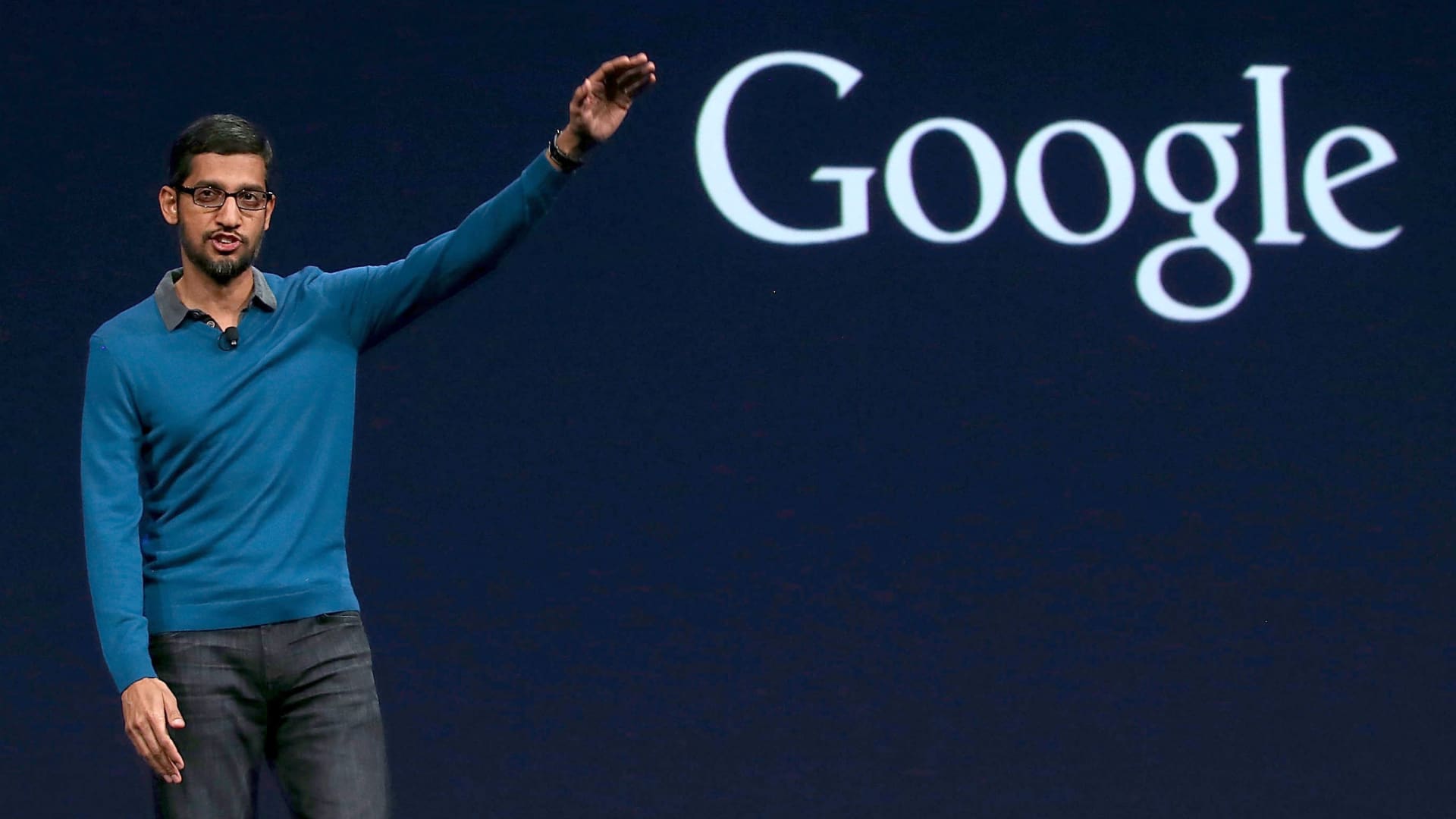Google will only show verified abortion providers by default when users search for clinics


Google is rolling out an update to default to only showing verified abortion providers in local search results for such queries. The decision comes after the company took heat from lawmakers for showing misleading search results to people looking for abortion clinics
Mark Isakowitz, Google’s vice president of U.S. and Canada Government Affairs and Public Policy, described the updated policy in a response to questions from Sen. Mark Warner, D-Va., and Rep. Elissa Slotkin, D-Mich.
In a letter sent shortly before the Supreme Court overturned Roe v. Wade, which protected the right to an abortion on the federal level, the lawmakers urged Google to crack down on results that pointed to “anti-abortion fake clinics” when users searched for “abortion clinic near me” or “abortion pill.”
“We continue to update our Local Search services for local health-related queries, including those related to abortion services, to improve the accuracy and relevance,” Isakowitz wrote in the letter dated Thursday. “When someone in the US searches for health care providers that provide abortions — for example, using the query ‘abortion clinics near me’ — the Local Search results box will display facilities that have been verified to provide abortions.”
Users will still be able to see a wider array of results if they so choose, including from organizations that don’t provide abortions, Isakowitz said. Those local search results will still be labeled to indicate whether or not facilities provide abortions.
He also noted that Google had recently made more visible disclosures on abortion-related ads indicating whether or not a facility provides abortions.
“When people turn to Google to find local information, we aim to help them easily explore the range of places available so they can determine which are most helpful to them,” a company spokesperson said in a statement.
“For a number of categories where we’ve received confirmation that places offer specific services, we’ve been working for many months on more useful ways to display those results. We’re now rolling out an update that makes it easier for people to find places that offer the services they’ve searched for, or broaden their results to see more options.”
The new standard will also apply to other medical-related searches where Google has confirmation of the services provided, like in searches for veterans hospitals, according to the spokesperson. And if the service users are looking for in a given area doesn’t come up, Google will also prompt them with the option to look farther away.
Warner applauded the update in a statement.
“I welcome the changes that Google has announced today so that women seeking abortion services aren’t directed towards fake clinics that traffic in misinformation and don’t provide comprehensive health services,” he said. “Importantly, this isn’t about silencing voices or restricting speech – it’s about returning search results that accurately address a user’s query and giving users information that is relevant to their searches.”
Shortly after the court’s reversal of Roe, Google said in July it would work to quickly delete location history for users visiting abortion clinics or other medical sites. Privacy experts have raised alarms about how searches, text messages, location data and other information could be used against abortion seekers and their providers under restrictive abortion laws, and have called on tech companies to take steps to limit their data retention as a result.
WATCH: What it’s like working for an abortion provider right now
This post has been syndicated from a third-party source. View the original article here.




